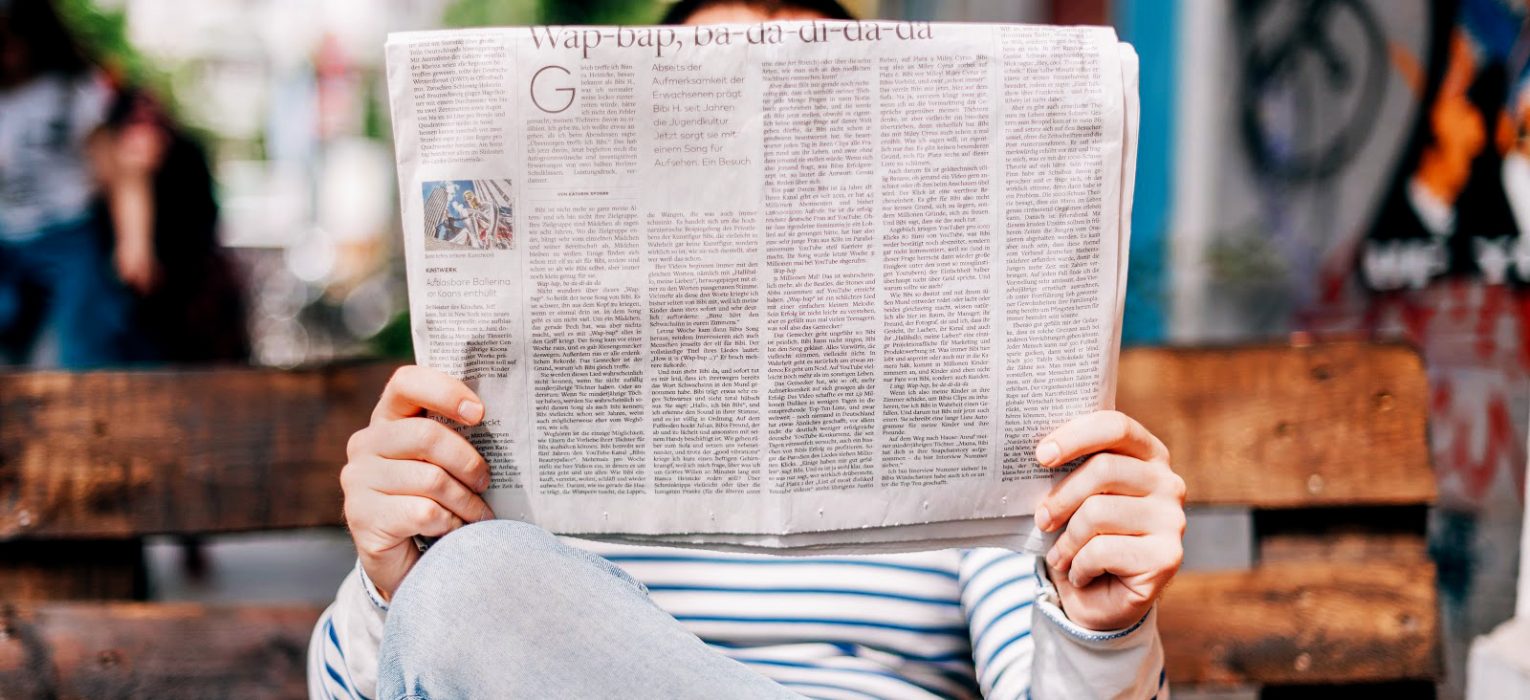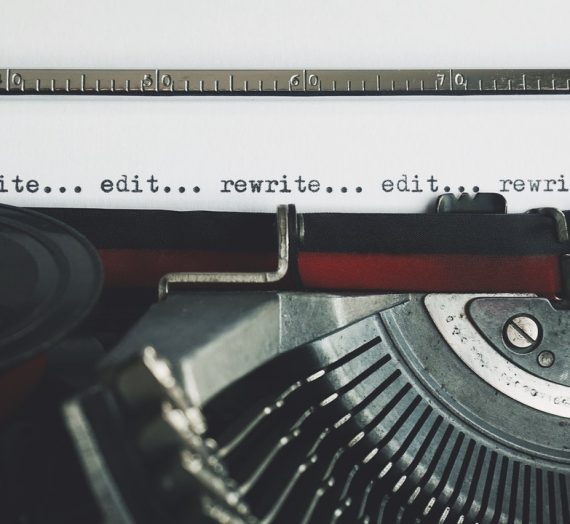Copy editors are a valuable resource to prevent the risk and cost of reprinting due to errors.
Between 2002 and 2012, the workforce of copy editors in newsrooms was cut in half (Hettinga et al. 2016, 1–2). Seeing the number of copy editors being employed by newspapers decrease so dramatically raised the question: With so few copy editors, are important errors slipping through the cracks?
THE RESEARCH
In the Newspaper Research Journal article titled “Comparing and Contrasting Corrected Errors at Four Newspapers,” Kirstie Hettinga and four other researchers wanted to see what types of errors were being corrected in newspapers after publication. News publishers print corrections when an article contains mistakes egregious enough for people to complain to the publishers about them. Hettinga et al. looked at four newspapers: the New York Times, the Washington Post, The Wall Street Journal, and the Los Angeles Times. They then analyzed the corrections publishers made using four categories: location, type, impact, and objectivity.
The researchers found that the errors being corrected across the four newspapers were mostly located within the article as opposed to the title or captions. Errors usually had low “societal impact,” that is, having potential to affect readers’ “perception” or “noncrucial thinking/decision making” as opposed to affecting their behavior (7). Errors mostly involved personal reference (incorrect personal history) and misquotes and were mostly “factual, information that could be verified, found to be right or wrong” (Hettinga, et al. 2018, 7). The article acknowledges that the corrections being made may not truly indicate how many errors were within the articles, only which ones were called out.
Errors mostly involved personal reference (incorrect personal history) and misquotes and were mostly “factual, information that could be verified, found to be right or wrong.”
—Hettinga et al. (2016)
THE IMPLICATIONS
These results indicate that when news organizations don’t employ enough copy editors, the accuracy of the text may not be as good as is expected or is required. Accuracy is crucial to keep your readers engaged in the content of the articles. While you look over all of the technical things that need to be corrected—spelling, punctuation, numbers, etc.—it’s important not to overlook the importance of checking for accuracy. A valuable editor is an accurate one.
To learn more about the importance of checking for accuracy, read the full article:
Hettinga, Kirstie, Alyssa Appelman, Christopher Otmar, Alesandria Posada, and Anne Thompson. 2018. “Comparing and Contrasting Corrected Errors at Four Newspapers.” Newspaper Research Journal 39, no. 2 (May): 155–68. https://doi.org/10.1177/0739532918775685
—Elizabeth James, Editing Research
FEATURE IMAGE BY ROMAN KRAFT





Liana Sowa
This is so interesting!
Letter from the Editor: Thoughtful notes, and questions, from readers - Health Reporter
[…] The Oregonian’s pages, but newsrooms have lost significant staff since 2008 and I can tell you copy editors were among the journalists hardest hit by the […]